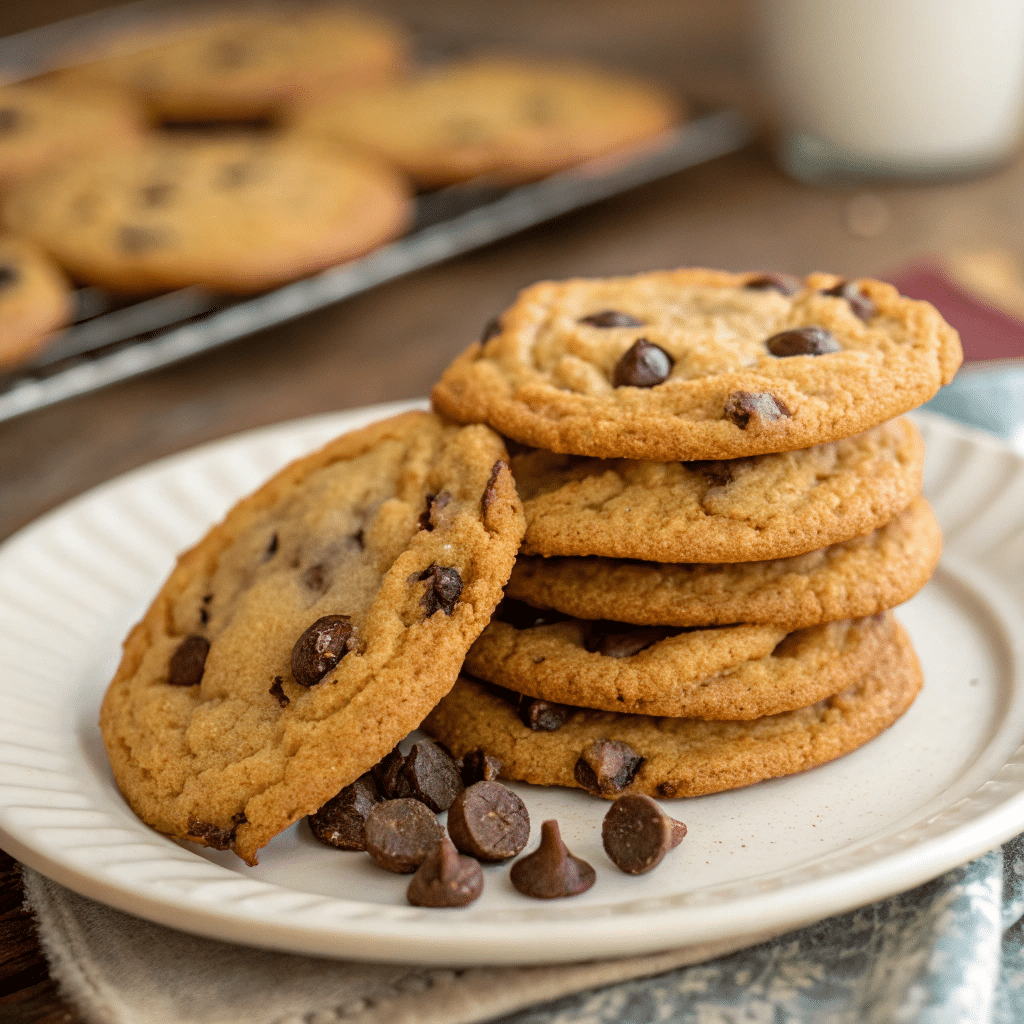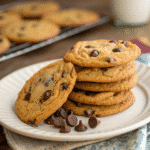Table of Contents
Table of Contents
Introduction
There’s something magical about biting into a thin cookies that crackles perfectly between your teeth. These delicate treats represent the artistry of baking at its finest, where science meets sweetness to create something truly special. From Tate’s famous crispy chocolate chip cookies to homemade batches that spread beautifully in your oven, thin cookies have captured hearts across America with their distinctive texture and flavor. As a passionate baker who’s spent countless hours perfecting the craft, I understand both the appeal and the challenge of making these delicate treats. Throughout this guide, we’ll explore the secrets behind what makes thin cookies, discover who pioneered this beloved style, learn proven techniques to achieve that perfect spread, and understand why some brands like Tate’s have become household names.
Hi, I’m Alice Thompson, the heart behind Deliciousavors.com. Growing up in Madison, Georgia, my fondest memories are of family and friends gathered in our kitchen, sharing laughter and good food. I’ve always believed that every dish tells a story, sometimes with a side of burnt biscuits! After years of exploring Southern kitchens and picking up flavors from roadside diners, I love putting a creative twist on classic recipes. Here, you’ll find approachable, flavorful dishes and honest stories. No matter your skill level, I’m cheering you on. So pour some sweet tea, pull up a chair, and let’s make something wonderful together.
I still remember the first time I tried to make thin cookies in my Madison kitchen. Growing up, our family always made thick, puffy cookies that were soft and chewy. But one summer day, a friend brought over a bag of store-bought thin cookies that were so crispy and delicate, they practically melted on my tongue. I was immediately hooked on that satisfying crunch and the way the flavors seemed more concentrated. That night, I stood in my kitchen, determined to recreate that magic. Let me tell you, my first attempts were disasters! The cookies either came out thick as pancakes or spread so much they became one giant cookie sheet-sized mess. But through trial and error, countless batches, and lots of learning about the science behind baking, I finally mastered the art of thin cookies. These delicate treats have since become a staple in our home, perfect for dipping in sweet tea or sharing with neighbors.
PrintThin Cookies: 10 Amazing Secrets for Perfect Crispy Results
Perfect thin chocolate chip cookies with crispy edges and delicate texture. These bakery-style cookies spread beautifully and have incredible flavor from melted butter and premium chocolate chips.
- Prep Time: PT0H15M
- Cook Time: PT0H12M
- Total Time: PT0H27M
- Yield: 24 cookies
- Category: Dessert
- Method: Baking
- Cuisine: American
- Diet: Vegetarian
Ingredients
1 1/3 cups all-purpose flour
1/2 teaspoon baking soda
1/4 teaspoon fine salt
1/2 cup unsalted butter, melted and cooled
1/2 cup granulated sugar
1/3 cup packed light brown sugar
2 tablespoons light corn syrup
1 large egg, room temperature
1 tablespoon milk
2 teaspoons vanilla extract
1 cup semisweet chocolate chips
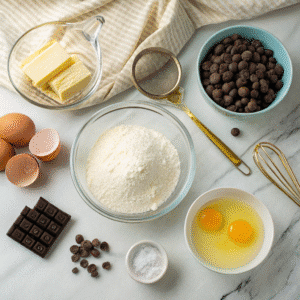
Instructions
Step 1: Preheat oven to 350°F and line baking sheets with parchment paper
Step 2: Whisk together flour, baking soda, and salt in medium bowl
Step 3: Beat melted butter, both sugars, and corn syrup until well combined
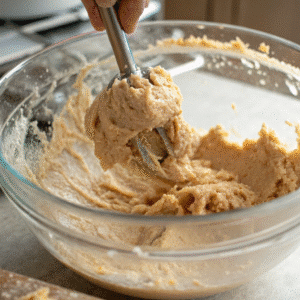
Step 4: Add egg, milk, and vanilla, beating until smooth
Step 5: Gradually add flour mixture, stirring until just combined
Step 6: Fold in chocolate chips gently
Step 7: Drop dough balls 2.5 inches apart on prepared baking sheets
Step 8: Bake 12 minutes until golden brown and flat
Step 9: Cool on baking sheet 5 minutes before transferring to wire rack

Notes
For extra crispy cookies, bake 1-2 minutes longer
Store in airtight container up to 3 days
Dough will be loose and sticky – this is normal for thin cookies
The Sweet Science Behind What Makes Cookies Thin
Understanding Cookie Chemistry for Perfect Spread
The magic behind creating thin cookies lies in understanding the delicate balance of ingredients and how they interact during baking. When you’re aiming for that perfect thin texture, several key factors work together to achieve the desired spread. First, the type and amount of fat plays a crucial role. Melted butter creates more spread than room temperature butter because it begins in a liquid state, allowing the dough to flow more easily when heated. This is why many successful thin cookie recipes call for melted and cooled butter rather than the traditional creaming method.
Sugar ratios also significantly impact how much your cookies spread. Using more granulated sugar than brown sugar promotes better spreading because granulated sugar melts more readily and contains less moisture. Brown sugar has higher moisture content and acidity, which can cause cookies to rise rather than spread thin. Additionally, the moisture content in your dough affects the final texture. A splash of milk or corn syrup helps create flatter cookies by adding moisture that encourages spreading before the proteins set. Here’s where you can find more inspiration for your lemon cookies or try our famous Crumbl cookies recipe.
The Role of Flour and Leavening in Thin Cookie Success
Getting the flour measurement right is absolutely critical for thin cookies. Too much flour prevents proper spreading and results in thick, cakey cookies instead of the delicate, crispy texture you’re after. This is why many bakers recommend weighing flour rather than using cup measurements, as scooping flour directly from the container can pack it down and add significantly more flour than intended. The general rule is that less flour promotes more spread, but you need to find the right balance to maintain structural integrity.
Leavening agents also play a vital role in achieving thin cookies. Fresh baking soda is essential because it helps with both spread and browning. However, too much leavening will cause your cookies to puff up instead of spreading thin. Many thin cookies recipes use minimal or no baking powder because these agents create lift rather than spread. Temperature control during baking is equally important. Lower oven temperatures (around 350°F or even lower) allow cookies more time to spread before the edges set, resulting in thinner, more evenly cooked cookies. If you’re looking for more baking adventures, check out our detailed princess cake guide or explore our zebra cake patterns.
The Story Behind Who Owns the Thin Cookie Legacy
Kathleen King and the Tate’s Bake Shop Revolution
The most famous name in thin cookies belongs to Kathleen King, who founded Tate’s Bake Shop and revolutionized the cookie industry. At just 11 years old, Kathleen began baking cookies to sell at her father’s farm stand in Southampton, New York. She was obsessed with creating the perfect chocolate chip cookie and experimented endlessly with different recipes, adjusting flour amounts, butter quantities, and baking times until she discovered the secret to thin, crispy perfection. Her breakthrough came when she realized that adding more salted butter and making cookies the size of small plates created the ideal thin and crispy texture that would become her signature.
Kathleen’s journey wasn’t without challenges. After opening her first bakery at age 21 in 1980, she faced a devastating partnership dispute that nearly destroyed her business. However, she persevered and launched Tate’s Bake Shop in honor of her father. Through dedication to quality and her unique thin cookie recipe, Tate’s grew from a small Hampton bakery to a national brand. In 2018, Mondelez International acquired Tate’s for $500 million, recognizing the incredible value of Kathleen’s thin cookie innovation. Today, Tate’s produces over 1 million cookies per week and has become America’s favorite thin cookie brand.
Modern Thin Cookie Entrepreneurs and Innovation
While Tate’s dominates the commercial thin cookies market, new entrepreneurs continue to innovate in this space. Zohal Azimi, owner of Thin Cookies shop in Hicksville, represents a new generation of thin cookies bakers. After working as a graphic designer, Azimi pivoted during COVID to pursue her baking passion, specifically focusing on creating soft thin cookies that offered a different texture from the crispy Tate’s style. Her Afghan heritage and family baking background influenced her approach to creating hand-scooped, hand-rolled cookies that maintain consistency while offering unique flavors.
The thin cookie market continues to evolve with bakers like Azimi proving that there’s room for innovation within this specialized niche. These newer businesses often focus on artisanal quality, unique flavor combinations, and different textures within the thin cookie category. The success of brands like Thin Cookies demonstrates that consumers appreciate variety in their thin cookie options, from the ultra-crispy Tate’s style to softer, chewier versions that still maintain that delicate, thin profile. For more inspiration on classic treats, explore our Toll House cookies recipe or try our delicious pastina recipes.
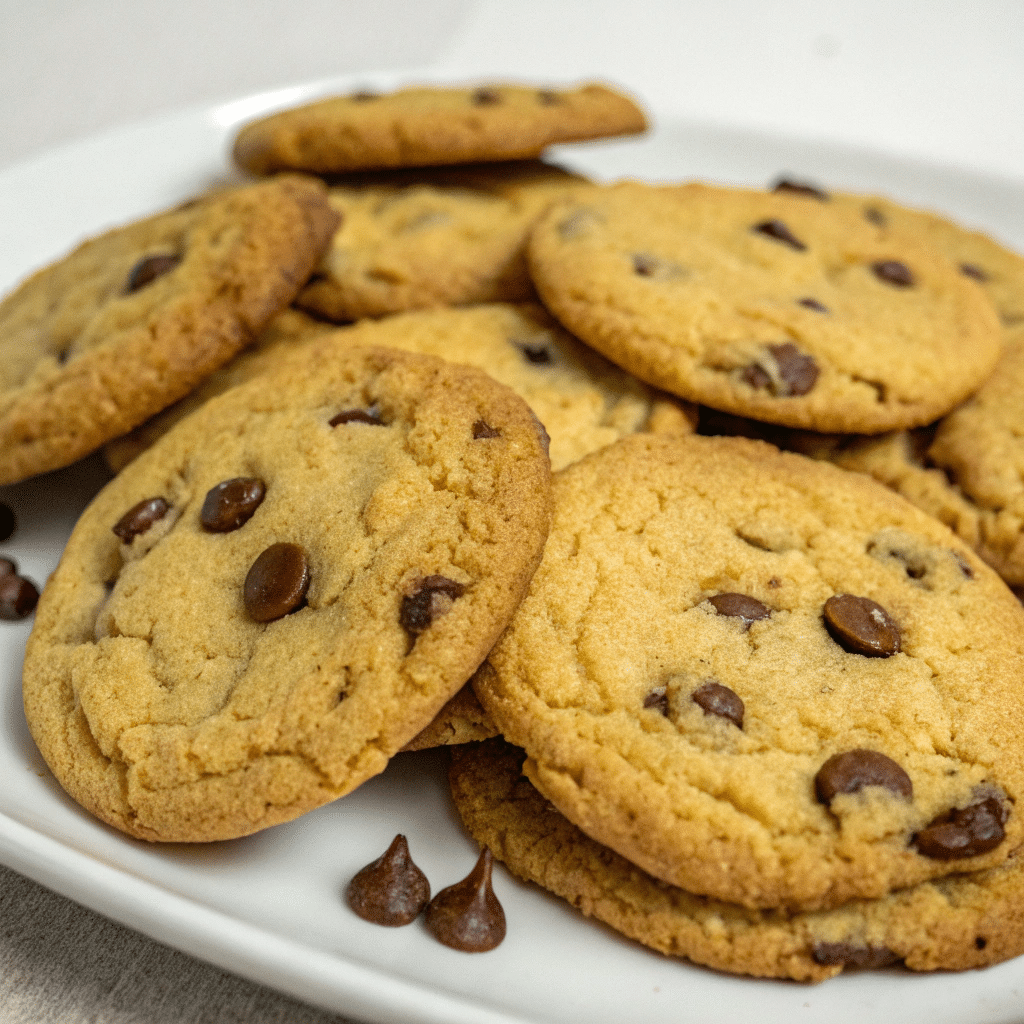
Proven Techniques for Getting Your Cookies Thinner
Essential Ingredient Modifications for Maximum Spread
Creating thinner cookies requires strategic adjustments to your ingredient ratios and preparation methods. Start by increasing your sugar-to-flour ratio, favoring granulated sugar over brown sugar. The science behind this is simple: granulated sugar melts more readily and promotes spreading, while brown sugar’s moisture and acidity encourage rising rather than spreading. Additionally, consider using melted butter instead of room temperature butter. Melted butter starts in a liquid state, allowing the dough to flow more easily when it hits the hot oven, resulting in better spread and thinner cookies.
Temperature control extends beyond just the oven. Room temperature ingredients mix more easily and create a more homogeneous dough. However, be cautious not to let your butter get too warm, as overly soft butter will melt too quickly in the oven and cause excessive spreading. The dough temperature when it goes into the oven also matters significantly. Unlike thick cookies that benefit from chilled dough, thin cookies often bake better when the dough is at room temperature, allowing for immediate spreading when the heat hits. Some bakers even recommend slightly warming the dough or letting it rest at room temperature for 30 minutes before baking to achieve optimal spread.
Baking Techniques and Environmental Factors
The physical preparation and baking environment significantly impact how thin your cookies turn out. Avoid over-mixing your dough once you add the flour, as this develops gluten which can inhibit spreading. Instead, mix just until ingredients are combined. When shaping your cookies, consider flattening them slightly before baking if you want extra insurance for thinness. However, be careful not to compress them too much, as this can create dense rather than delicate cookies.
Your baking setup requires attention to detail for thin cookie success. Use ungreased baking sheets or line them with parchment paper rather than greasing, as excess fat can cause over-spreading. Ensure your baking sheets are cool between batches, as warm pans cause immediate spreading that can lead to misshapen cookies. Space your cookies generously apart (at least 2-3 inches) since thin cookies spread significantly more than thick ones. Monitor your oven temperature carefully, as even small variations can affect spreading. Many successful thin cookie bakers recommend rotating pans halfway through baking for even browning and consistent results. Don’t forget to explore our amazing gelato recipes or try our healthy low carb bread for more kitchen adventures.
Why Tate’s Cookies Have Achieved Legendary Status
The Perfect Balance of Quality Ingredients and Technique
Tate’s cookies have earned their reputation as America’s best thin cookies through meticulous attention to both ingredients and process. The company uses high-quality cultured butter, which provides a more pronounced, complex flavor than standard butter. This European-style butter undergoes fermentation that creates a creamier consistency and richer taste that elevates the entire cookie. Additionally, Tate’s uses real vanilla extract and high-quality chocolate chips that maintain their shape and flavor throughout the baking process. The combination of these premium ingredients creates the distinctive butterscotch-like flavor notes that make Tate’s cookies so addictive.
The baking technique behind Tate’s success involves precise temperature control and timing. Their cookies achieve that signature thin, crispy texture through careful monitoring of the baking process, ensuring the edges become deeply caramelized while maintaining structural integrity. The result is a cookie with multiple layers of texture: crispy, crunchy edges that provide satisfying snap, while the center remains slightly chewy. This textural contrast, combined with the rich flavor profile, creates an eating experience that keeps customers coming back. Consumer Reports and Rachel Ray have both named Tate’s the best chocolate chip cookies in America, validating their superior quality.
Brand Consistency and Market Innovation
What sets Tate’s apart from competitors is their unwavering commitment to consistency while still innovating within their thin cookie niche. Every Tate’s cookie maintains the same thin profile, crispy texture, and rich flavor regardless of when or where you purchase them. This reliability has built tremendous consumer trust and loyalty over the decades. The company has expanded their line to include various flavors while maintaining the core characteristics that made the original chocolate chip cookies famous.
Tate’s has also successfully adapted to changing consumer preferences without compromising their signature style. They’ve introduced gluten-free options, different sizes, and seasonal flavors while ensuring each product maintains the thin, crispy texture that defines the brand. Their recent venture into vegan cookies demonstrates their ability to innovate while preserving the essential Tate’s experience. The company’s success story, from Kathleen King’s farm stand to a $500 million acquisition, proves that focusing on perfecting one thing exceptionally well can create lasting success. This dedication to thin cookie excellence has made Tate’s synonymous with quality in the minds of consumers nationwide. For more delightful treats, check out our festive dessert ideas or explore our unique gipfeli pastry secrets.
FAQ Section
What makes cookies thin?
Several key factors make cookies thin and crispy. Using melted butter instead of room temperature butter promotes better spreading, while a higher ratio of granulated sugar to brown sugar encourages cookies to spread rather than rise. Less flour in the recipe allows for more spread, and adding small amounts of liquid like milk or corn syrup helps create thinner cookies. Fresh baking soda is crucial for proper spread and browning, while minimal or no baking powder prevents excessive rising.
Who is the owner of thin cookies?
The most famous thin cookie brand, Tate’s Bake Shop, was founded by Kathleen King, who started baking at her father’s farm stand at age 11. She perfected the thin, crispy cookie recipe and built Tate’s into a national brand before selling to Mondelez International in 2018 for $500 million. There are also newer thin cookie businesses like Thin Cookies, owned by Zohal Azimi, who opened shops in New York focusing on softer thin cookies with unique flavors.
How do I get my cookies thinner?
To make your cookies thinner, start by using melted butter instead of room temperature butter and increase the ratio of granulated sugar to brown sugar. Reduce the amount of flour slightly and ensure you’re measuring accurately. Let your dough come to room temperature before baking rather than chilling it, and space cookies far apart on ungreased or parchment-lined baking sheets. Lower your oven temperature slightly to give cookies more time to spread before setting.
Why are Tate’s cookies so good?
Tate’s cookies excel due to their use of high-quality cultured butter, real vanilla extract, and premium chocolate chips that create complex, butterscotch-like flavors. Their precise baking technique achieves the perfect balance of crispy, caramelized edges with slightly chewy centers. The company maintains exceptional consistency while using superior ingredients, and their thin, delicate texture provides a satisfying eating experience that differentiates them from thicker, softer competitors.
Conclusion
Mastering the art of thin cookies opens up a world of delicate, crispy delights that offer a completely different experience from their thick, chewy counterparts. Whether you’re inspired by Tate’s legendary success story or eager to experiment with your own thin cookie creations, understanding the science behind ingredient ratios, baking techniques, and temperature control will set you up for success. From Kathleen King’s childhood experiments at her father’s farm stand to modern innovators like Zohal Azimi creating new interpretations of thin cookies, this beloved treat continues to evolve while maintaining its essential characteristics.
The journey to perfect thin cookies requires patience, attention to detail, and a willingness to experiment with different techniques. Remember that achieving that ideal spread and crispy texture comes down to understanding how ingredients interact, controlling moisture levels, and maintaining proper oven conditions. Whether you’re baking for family gatherings in your own kitchen or dreaming of starting your own cookie business, the principles we’ve covered will guide you toward creating thin cookies that rival the best commercial brands. So grab your mixing bowls, measure those ingredients carefully, and get ready to fill your kitchen with the irresistible aroma of perfectly thin, golden cookies.
For more recipes, visit my Facebook page.
